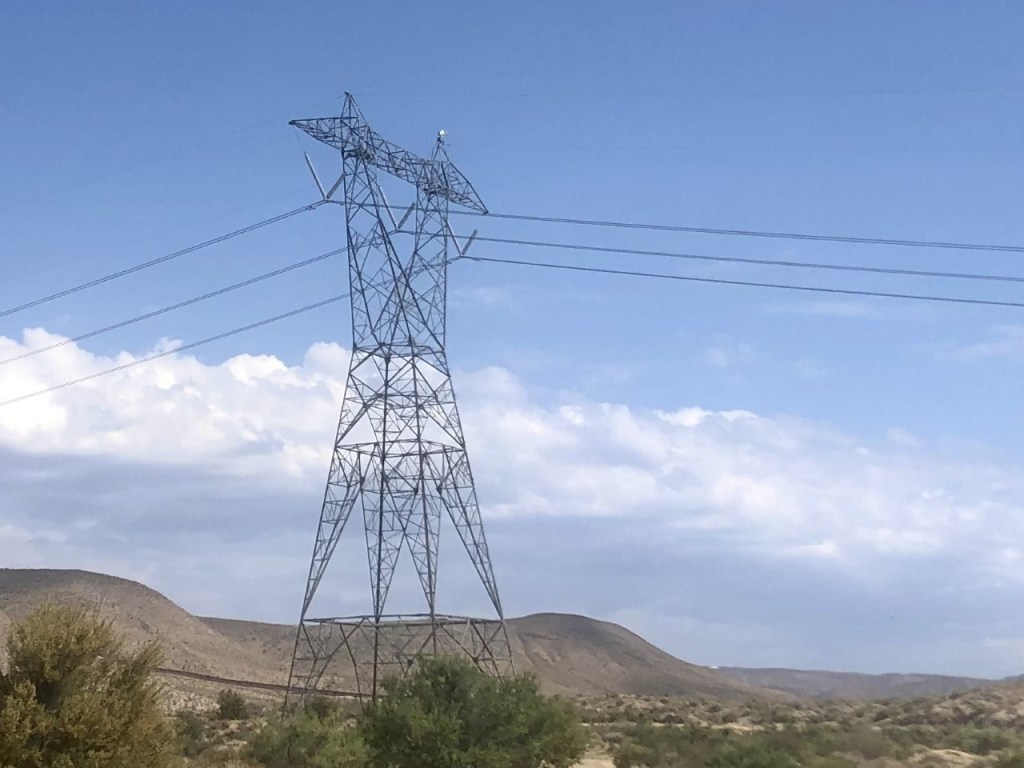It’s easy to see why so many San Diegans are frustrated with SDG&E. People figure that if they use less electricity, their bills should go down — and that using less energy is good for the planet. So why do bills keep going up even when people are cutting back?
SDG&E states that rooftop solar is causing 80% of ratepayers to pay more than their fair share of the grid. But that argument could apply to anyone who lowers their energy use. Common sense and basic economics say that if a company sells less, its profits should drop unless it also cuts costs. SDG&E hasn’t done that. Its profits have gone up. A lot.
Over the past 10 years, as shown in its SEC Form-10K filings, SDG&E’s profits rose 56%, even though it’s delivering 16% less electricity. The number of workers went up only 11%, and the number of customers only 7%. The only way profits rise that fast is if prices climb faster than costs. That’s because of how California’s utility rules are set up.
SDG&E is an investor-owned utility, a monopoly. The state’s Public Utilities Commission decides how much it can charge. Rates are set to cover all reasonable expenses and guarantee a steady profit on new construction — like power lines, transformers and other grid equipment. The idea is to keep the utility financially sound so it can maintain and upgrade the system as needed. But this setup ties profits directly to how much the company spends. The more it spends, the more profit it earns. That gives it every reason to spend more, not less.
The list of expenses that count for profit is long. It includes buildings, trucks, payroll, billing, executive pay and state programs like wildfire prevention and aid for low-income customers. Each might be valid on its own, but together they form a huge base of guaranteed profit. The Public Utitlities Commission reviews these requests, but the public has very little chance to influence the process.
When energy use in the region is decreasing, big new projects shouldn’t be needed. Older loans should be paid off, and overall costs should go down. Instead, SDG&E keeps building. A well-known example is the Sunrise Powerlink, a $1.9 billion transmission line built for future growth that never happened. Ratepayers ended up paying about $3.3 billion, including interest, while SDG&E made roughly $1.4 billion in profit. Records from other California utilities show that most profit now comes from construction projects, not from selling electricity. Claims that these projects are needed “to meet growing demand” just don’t match reality.
Utilities also have other ways to raise bills without calling it that. At one commission meeting, SDG&E proposed a “revenue-neutral” change that actually raised the expenses it could earn profits on. The new Base Service Charge does something similar. It slightly lowers the per-kilowatt-hour rate but adds a larger flat monthly fee. Heavy users benefit, while people who save energy pay more. SDG&E told customers the change was required by state law — a law the utilities themselves pushed for.
Depreciation may be another issue. Customers already pay for new equipment through their monthly bills. If SDG&E lists depreciation — basically paying for the same equipment over time — as a new expense, ratepayers cover the same costs twice. It’s legal, but it shows how the system rewards higher spending instead of restraint.
This model only works if regulators truly look out for the public. Too often they don’t. The commission’s process is long and technical, and regular people have almost no influence. Trying to challenge SDG&E’s filings is nearly impossible.
So we end up in a strange situation. SDG&E delivers less power to more customers with about the same number of workers, yet still posts record profits. Meanwhile, people who use less electricity pay more. The way California’s utility system is designed almost guarantees that outcome. Until it changes, San Diegans will keep wondering why doing the right thing — using less energy or installing solar — ends up costing more instead of less.
Ferry is a retired engineer who lives in Carlsbad.
